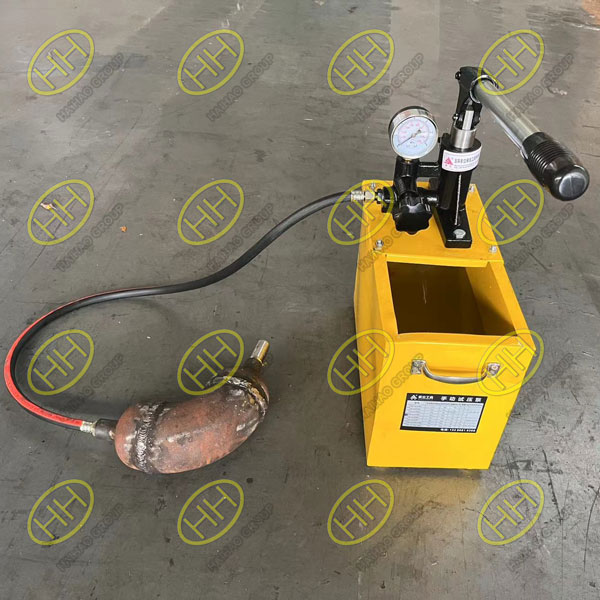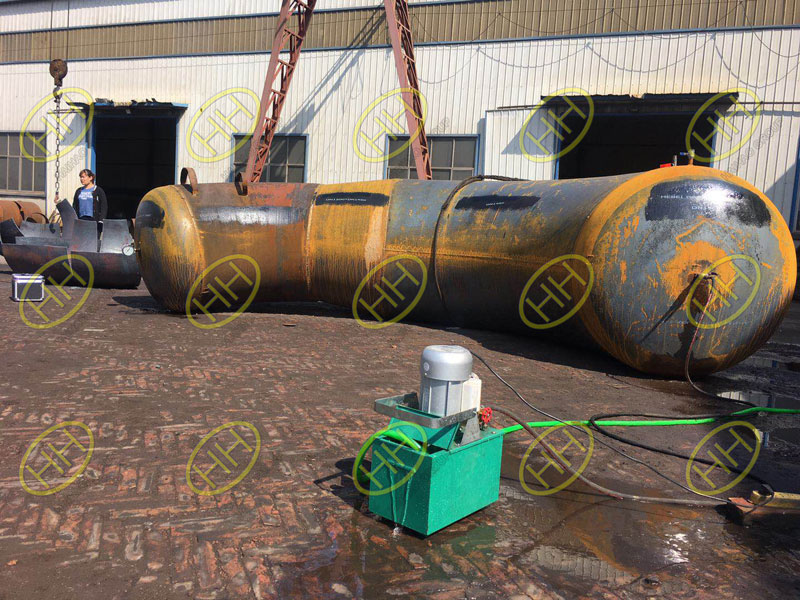What is hydrostatic testing and the key factors to consider in hydrostatic testing?
Hydrostatic testing is a crucial method used to evaluate the integrity and pressure-holding capacity of pipes, vessels, or components. This process involves filling the test object with water and applying a specific pressure to assess its sealing performance and ability to withstand the pressures encountered during actual use. This article will outline the essential aspects and precautions involved in conducting a hydrostatic test.
Key Considerations for Hydrostatic Testing
1.Environmental Safety
Ensuring the safety of the testing environment is paramount. Clear warning signs such as “Under Pressure Test” and “No Entry” should be posted. A designated safety zone should be established, and unauthorized personnel must be kept away from the test area. For high-pressure or destructive tests, the test should be conducted in specialized explosion-proof boxes, and operators must wear protective gear such as goggles and gloves to prevent injuries.
2.Selection of Standard Components
All test fixtures and connection components like fasteners, blind flanges, plugs, and valve seats must be classified and numbered according to their pressure ratings. Only components rated for the test pressure should be used. It is crucial to avoid using lower-rated components in higher-pressure tests, and all fasteners must be correctly and fully assembled.
3.Choosing the Right Pressure Gauge
Selecting an appropriate pressure gauge is critical for accurate readings. The gauge’s maximum range should be 1.5 to 3 times the test pressure, ideally around twice the test pressure. The gauge dial should typically have a diameter of no less than 100 mm, with an accuracy of at least 1.6 times the test pressure for high-pressure products and not less than 0.4 for standard pressure products. Gauges with unclear scales, broken glass, non-zeroed needles, or those not calibrated and sealed should not be used. If a gauge malfunctions during the test, the pump must be stopped immediately for inspection. When replacing the gauge, pressure must be released, or the valve on the gauge line must be closed.
4.Test Preparation
Cleaning: Before testing, the product must be cleaned of any internal debris and residues that might cause additional stress or deformation during the test, impacting the accuracy and reliability of the results. All sealing surfaces and fasteners should be inspected for cleanliness and integrity, ensuring they are free from foreign matter, smooth, and without visible deformation or thread damage. Fasteners should be of uniform specification and grade.
System Inspection: Before testing, check the entire test system to ensure all connections are sealed correctly, allowing for a proper and successful test.
5.Test Procedure
Air Removal: Before starting the water pressure test, all air should be expelled from the test object to prevent air from affecting the results or causing sudden pressure releases that could injure operators.
Pressure Application: Increase the pressure gradually as per standard requirements, avoiding sudden jumps in pressure to prevent pressure shock that could damage the test object. Follow the specified test parameters strictly to avoid overpressure or overheating.
Observation: During the test, carefully observe any deformation of the test object.
Post-Test: After the test, depressurize the system, disassemble the test object, inspect the product, and record the test results.
6.Equipment Maintenance
Post-Test Maintenance: After testing, cut off the power supply and clean and maintain the equipment as specified, including oiling relevant parts to prevent rust.
Regular Inspections: Periodically inspect the equipment’s pipelines to ensure their pressure-bearing capacity.
Seal Checks: Regularly check seals and replace them if necessary.


